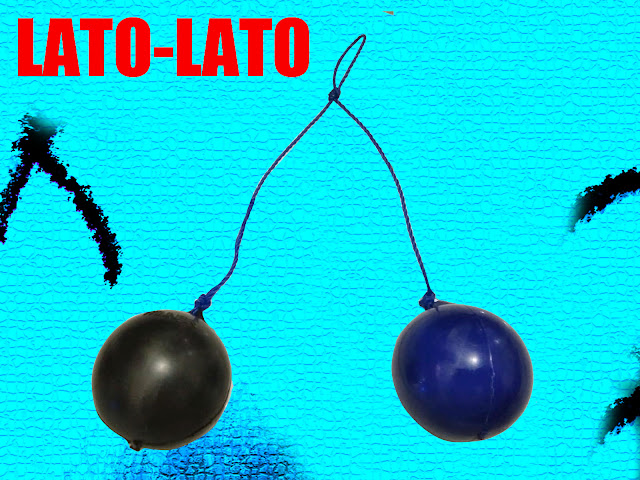The Computer Game as Fictional Form: Narasi dan Imajinasi di Era Digital
The Computer Game as Fictional Form: Narasi dan Imajinasi di Era Digital
Dalam dunia yang semakin terhubung oleh teknologi, bentuk-bentuk baru dari ekspresi naratif terus bermunculan. Salah satu yang paling menarik perhatian para akademisi dan kreator adalah game komputer sebagai bentuk fiksi atau "The Computer Game as Fictional Form". Ini bukan sekadar hiburan, tapi representasi narasi baru yang mampu menyaingi bahkan melampaui media tradisional seperti novel, film, atau teater.
1. Definisi: Apa Itu Game Sebagai Bentuk Fiksi?
The computer game as fictional form mengacu pada konsep bahwa game bukan hanya permainan, tetapi juga platform untuk menyampaikan cerita dan membangun dunia imajinatif. Game komputer menggabungkan elemen sastra, visual, suara, dan interaktivitas untuk menciptakan pengalaman naratif yang unik.
Fiksi dalam game tidak bersifat pasif seperti membaca buku. Pemain menjadi bagian dari cerita — membuat pilihan, menghadapi konflik, dan memengaruhi alur cerita secara langsung.
2. Evolusi Game dari Permainan ke Cerita
Sejak era awal game seperti Pong dan Space Invaders, fokus utama adalah mekanik permainan. Namun, saat teknologi berkembang, muncul game dengan cerita kompleks seperti The Legend of Zelda, Final Fantasy, hingga The Last of Us.
Game masa kini tak ubahnya novel grafis interaktif, dengan struktur narasi berlapis, pengembangan karakter mendalam, dan alur cerita bercabang.
3. Karakteristik Game sebagai Fiksi
Ada beberapa ciri utama yang membuat game layak disebut sebagai bentuk fiksi:
- Interaktivitas: Pemain bukan hanya pembaca atau penonton, tetapi aktor aktif dalam cerita.
- Non-linearity: Tidak semua game mengikuti struktur cerita linear. Banyak game menawarkan ending berbeda berdasarkan pilihan pemain.
- World-building: Dunia dalam game sering kali dirancang secara detail, lengkap dengan sejarah, budaya, dan hukum fiksi.
- Karakter dan Dialog: Tokoh dalam game berkembang sesuai aksi pemain, dengan dialog yang terkadang dipilih sendiri oleh pemain.
4. Genre Fiksi dalam Game
Game sebagai bentuk fiksi mencakup berbagai genre naratif, seperti:
- Fantasy: Seperti dalam Skyrim atau Dragon Age, dengan dunia imajinatif dan elemen magis.
- Science Fiction: Game seperti Mass Effect mengeksplorasi dunia masa depan dan alien.
- Mystery dan Crime: Misalnya L.A. Noire atau Heavy Rain.
- Psychological Thriller: Seperti Alan Wake atau Silent Hill.
- Drama Personal: Seperti dalam Life is Strange atau Firewatch.
5. Perbandingan Game dengan Novel dan Film
Berikut beberapa perbedaan menarik:
| Aspek | Novel | Film | Game Komputer |
|---|---|---|---|
| Narasi | Linear | Linear | Interaktif, bercabang |
| Peran Pembaca | Pasif | Pasif | Aktif |
| Durasi Cerita | Beberapa jam | 2-3 jam | 20-100+ jam |
| Partisipasi Emosional | Tinggi | Tinggi | Sangat Tinggi (dari aksi langsung) |
6. Dampak Budaya dan Literasi Baru
Munculnya game sebagai fiksi juga mengubah cara kita memahami literasi. Kini, "membaca cerita" tidak hanya melalui teks, tetapi melalui interaksi, visual, dan gameplay.
Ini juga membuka peluang pendidikan baru: serious games digunakan untuk mengajar sejarah, etika, bahkan filsafat melalui narasi interaktif.
7. Kritik terhadap Konsep Ini
Tentu saja, tak sedikit yang masih memandang sebelah mata game sebagai bentuk fiksi. Kriti


